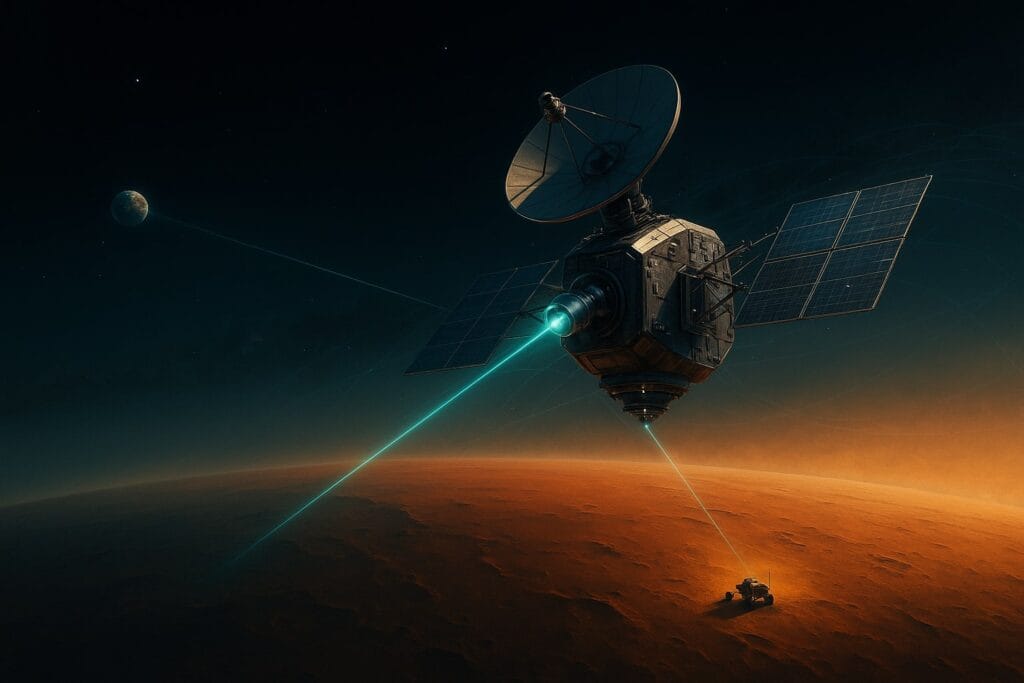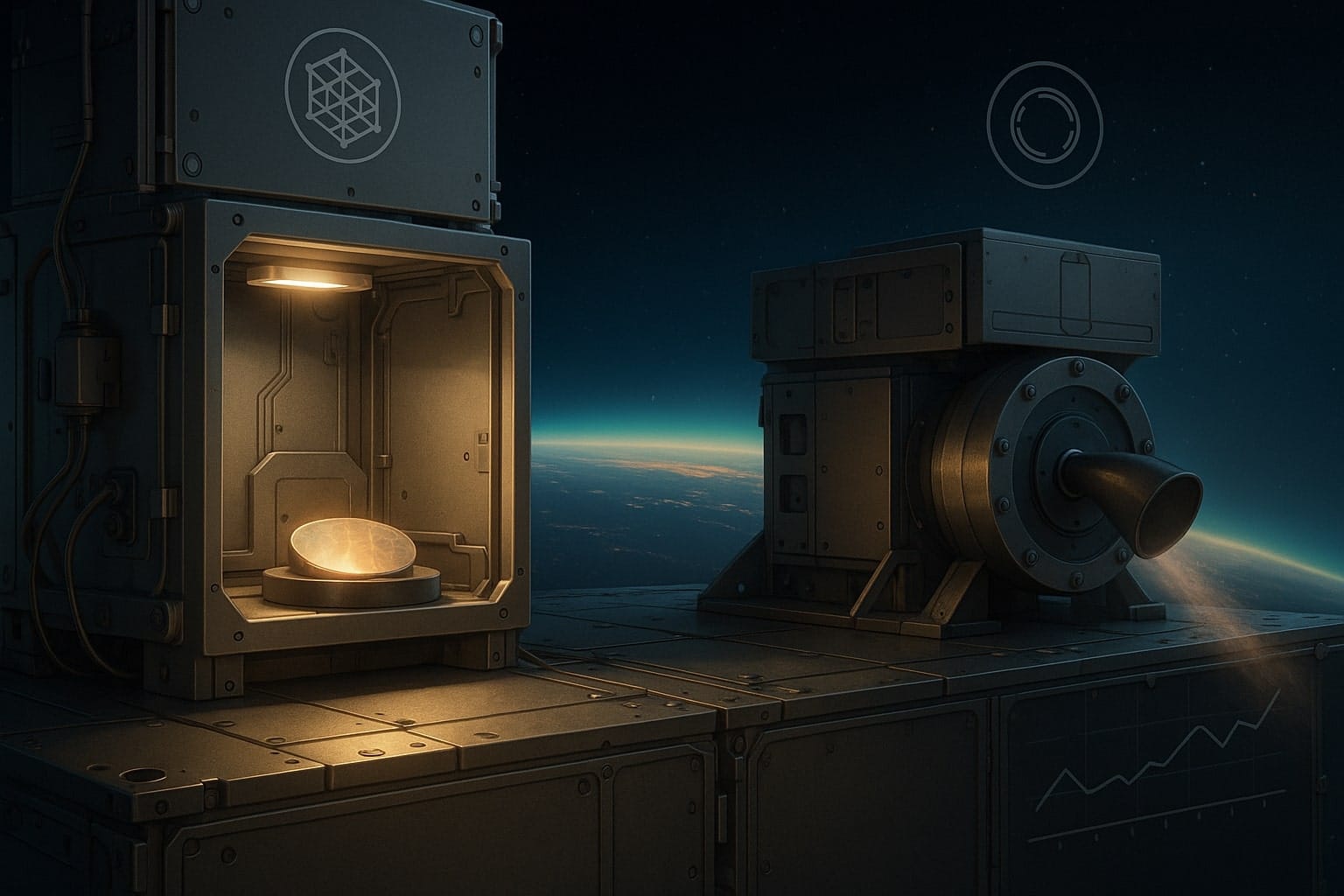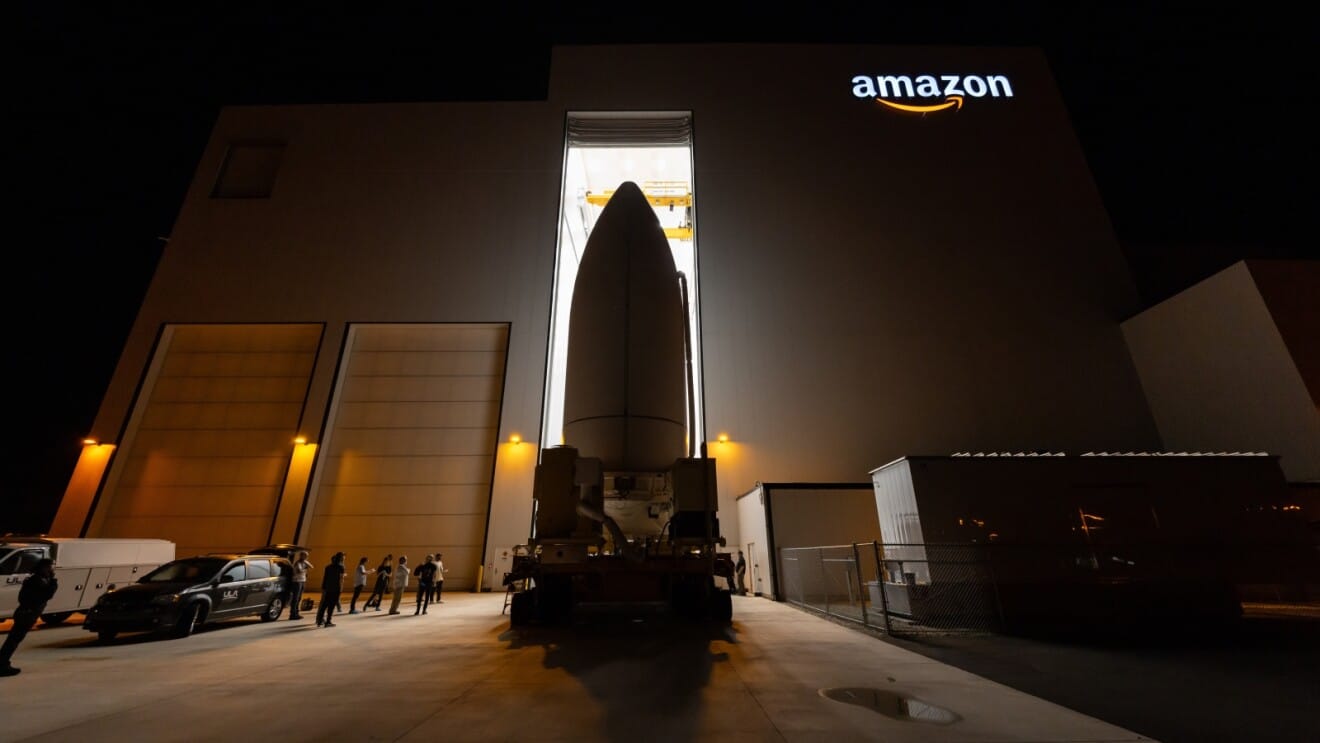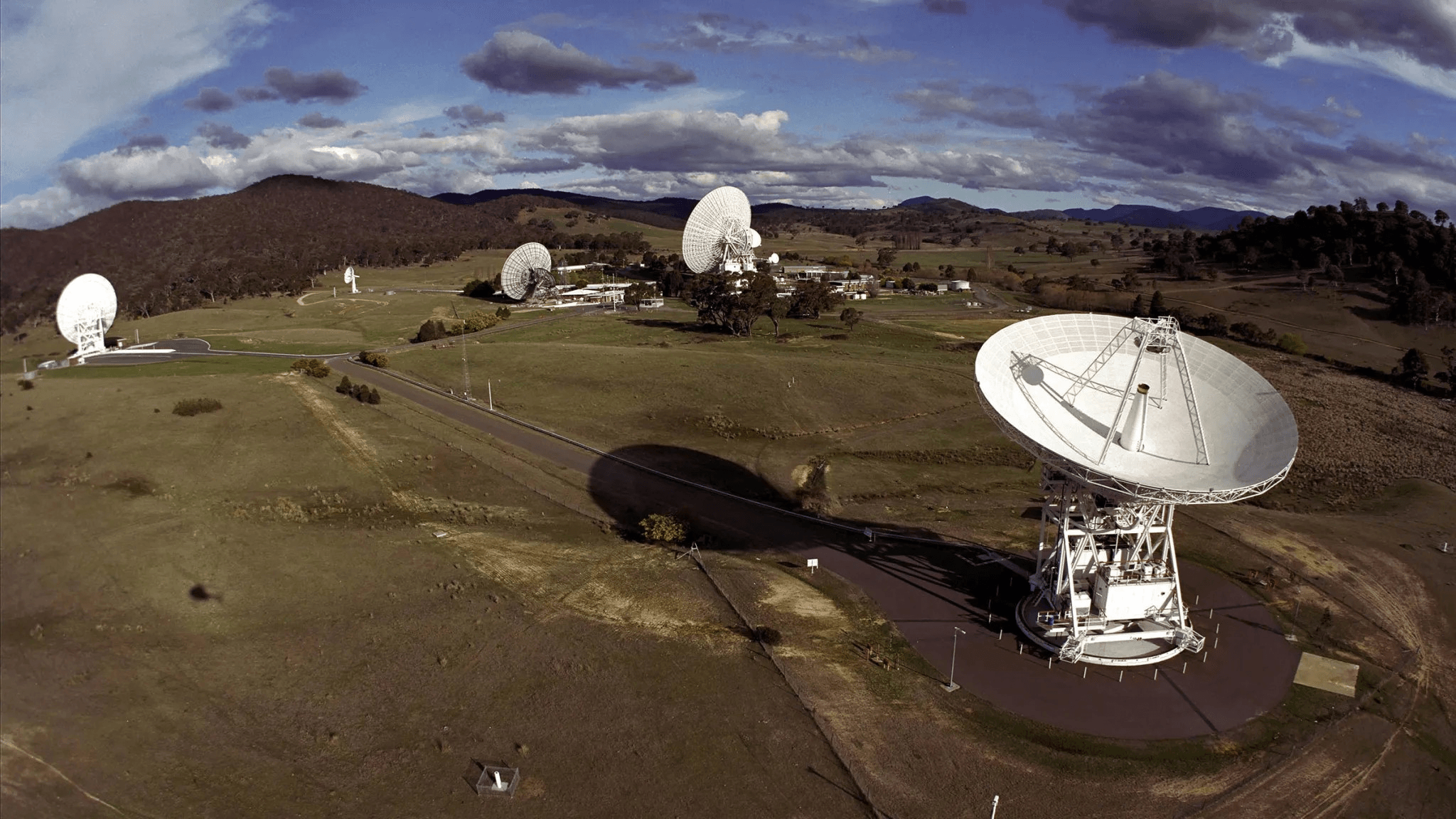Blue Origin is advancing a Mars Telecommunications Orbiter built on its Blue Ring platform, with service readiness targeted as early as 2028. More than a single spacecraft, the proposal signals a shift towards commercial, subscription-style “data pipes” for interplanetary traffic.
Table of Contents
ToggleBandwidth as a utility
Mars missions today rely on ageing NASA orbiters that were never designed as dedicated relays. Scientific downlinks compete for time and power with telecom duties, producing coverage gaps at precisely the moments when data are most valuable. Blue Origin’s answer is prosaic but powerful: treat communications as a service. The company’s concept emphasises a high-throughput relay, likely combining Ka-band radio with optical cross-links, sold under explicit service-level agreements to agencies—and, in time, private expeditions. In effect, the operator would shoulder pointing, routing and upgrade decisions, while customers buy capacity.
Why the timing has improved
Three structural forces make the idea timely. First, the data burden is rising sharply. Sample-return architectures, aerial scouts and higher-resolution instruments demand order-of-magnitude gains in throughput and continuity over what the Mars Reconnaissance Orbiter era could support. Second, the current relay fleet is long in the tooth: Odyssey, MRO and MAVEN have been stalwarts, but reliance on extended missions adds operational risk as years tick by. Third, procurement is evolving. NASA has used service contracts in low-Earth orbit and for lunar communications, paying for outcomes rather than owning assets; extending that logic to Mars is a natural next step.

The hardware—and the value chain
Blue Origin proposes to base the orbiter on Blue Ring, its modular transfer and hosting vehicle, pairing it with New Glenn lift capacity and a maturing optical-comms stack (delay-tolerant networking, gimballed laser terminals). That combination would give the firm unusual end-to-end control—from launch to spacecraft to operations—reducing integration boundaries that often complicate performance guarantees. For customers, a single counterparty simplifies risk allocation and accountability.
Competition will be serious
The field will not be empty. Rocket Lab has floated a Mars telecom orbiter concept, while any Starlink-derived deep-space architecture from SpaceX would be formidable. Europe could marshal an OHB/Airbus-led bid with a heavy-lift partner. In such a contest, credibility will be established less by renders than by service metrics: measured uptime, predictable latency windows, radiation tolerance and ground-segment scale. A first mover with even a cislunar demonstration of continuous, high-rate relay will bank trust ahead of Mars insertion.
The business model: comsat logic, planetary context
An interplanetary relay’s economics turn on utilisation and contract tenor. If NASA and ESA anchor multi-year capacity purchases—with surge options around peak mission phases—a provider can finance the upfront capital much like a commercial satellite operator, then price additional users at the margin. Tiered products follow easily: secure channels for crewed missions, priority lanes during entry-descent-landing, on-board data caching for store-and-forward. The principal risk is demand lumpiness. Mars missions cluster, and gaps between campaigns can leave capacity under-used. A diversified portfolio—cislunar logistics, hosted payloads in GEO—would help amortise operations overhead between Martian peaks.
What better links would enable
Reliable, high-rate relay is not a mere back-office convenience; it reshapes mission design. Real-time helicopter scouting beyond line of sight becomes practical. Sub-surface radar can fly at higher cadence. Streaming video during EDL moves from publicity stunt to operational aid. For sample return, robust two-way links simplify choreography across orbiters, ascent vehicles and Earth. For human exploration, continuous communications with low blackout risk are mission-critical—for crew safety, and for public accountability.
The caveats
Ambition meets engineering reality. A 2028 readiness date is assertive given deep-space qualification, radiation testing and ground-segment build-out. Any slippage in New Glenn ripples straight into the relay schedule. Procurement cultures also move slowly; agencies must embrace service contracts at Mars scale. And the operating environment will test any system: dust, solar conjunctions and radiation storms will push link budgets to their limits. Optical links will require robust RF fallbacks.
The strategic read-through
Whether or not Blue Origin flies first, the strategic signal is clear. Deep-space data are being recast as a commercial utility. The operator that proves a reliable Mars relay will not merely win a contract; it will define the template for an interplanetary internet and secure a durable line of business that extends well beyond launch services. For investors, that suggests a maturing space economy in which value accrues to those who own and operate infrastructure—not just those who provide the rides.












